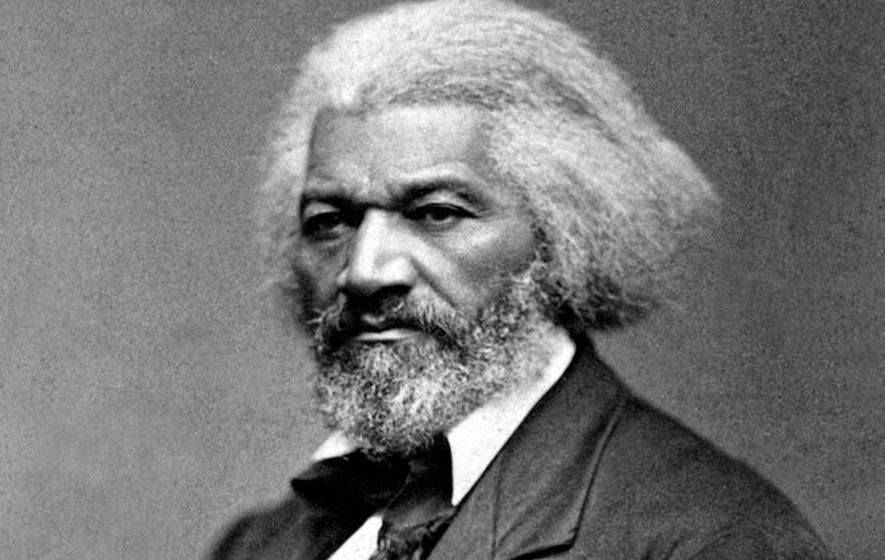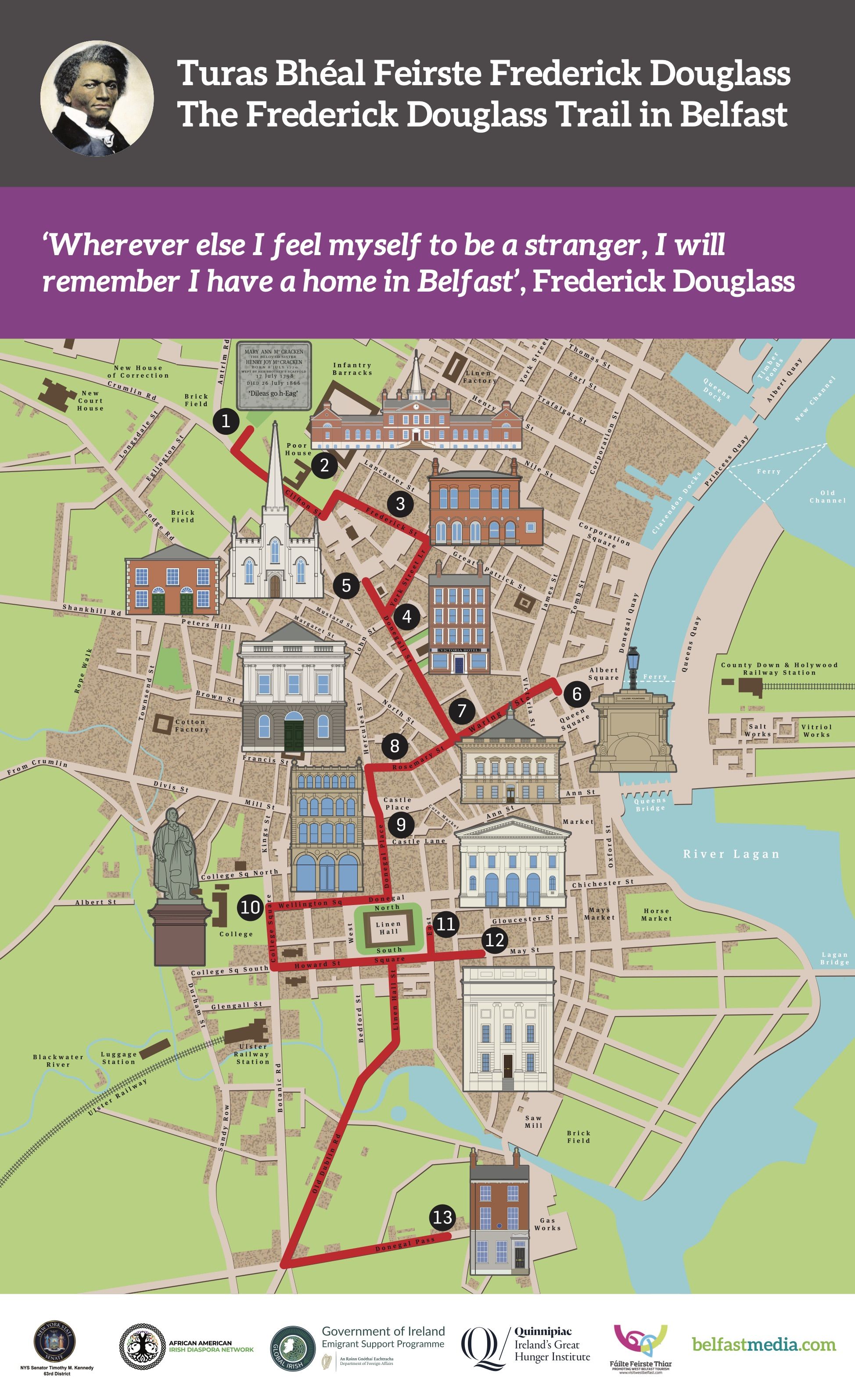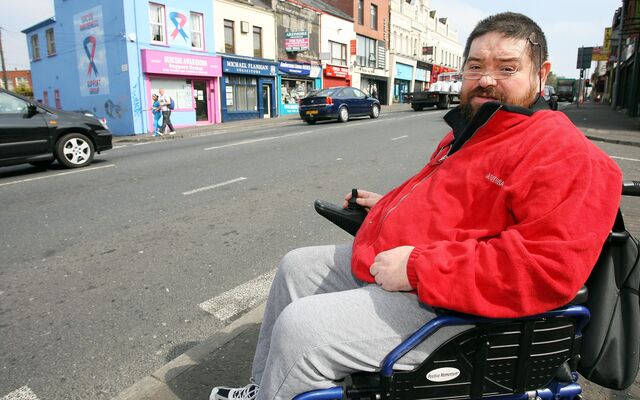The fame of escaped slave Frederick Douglass has blossomed in the US over the past decade to the stage where he is now a household name.
Indeed, in 2017 at a White House event to mark Black History Month, President Trump was so taken by the crescendo of interest in the 19th century trailblazing opponent of slavery, that he thought he was still alive.
Does the president or the White House press secretary know that Frederick Douglass is dead
— Daniel Dale (@ddale8) February 1, 2017
In actual fact, the famous orator who was born into slavery has been dead since 1895 — but his reputation as a fearless and eloquent advocate for African Americans lives on. And not just in the US either but, increasingly, in Ireland where he lectured against the evils of slavery for four months in 1845-46.
Now, the lead authority on Frederick Douglass' time in Ireland, Professor Christine Kinealy of Quinnipiac University in Connecticut, is set to mark Douglass' sojourn in Belfast with the latest of her walking trail maps which will retrace the escaped slave's footsteps in the city.
BELFAST FRIENDS: Frederick Douglass
The Frederick Douglass Trail map will be launched virtually on Tuesday 10 August at 11am as part of Féile an Phobail and will include contributions from Prof Kinealy, Senator Tim Kennedy of Buffalo, who is developing a similar camino in upstate New York, and Dennis Brownlee of the African American Irish Diaspora Network in the US. Earlier this year, Prof Kinealy launched the Dublin Frederick Douglass Walking Trail map as part of a wider initiative to raise awareness of the work of several black American abolitionists who brought their campaign to Ireland.
During his time in Belfast, Frederick Douglass spoke before audiences at First Presbyterian Church in Rosemary Street and at the Assembly Rooms where he famously said: "Wherever else I feel myself to be a stranger, I will remember I have a home in Belfast."
Incredible performance by @tallpowerpaul today in Poughkeepsie, commemorating Frederick Douglass' speech at the same location. Withstood the wild rain and wind with @BrianKellyNY and @CammieLJo! pic.twitter.com/LjZEMG8Nzi
— Dana Gavin (@DanaGavin1895) August 1, 2021
During his four-month stay in Ireland, Frederick Douglass befriended the Liberator Daniel O'Connell and addressed a series of meetings demanding the abolition of slavery. He reported that for the first time in his life he felt like a man, and not a chattel. Whilst in residence, he became a spokesperson for the abolition movement, but by the time he left the country in early January 1846, he believed that the cause of the slave was the cause of the oppressed everywhere.
You can see more about Prof Kinealy's work at her website Black Abolitionists in Ireland.








